5th of June, Lake Tanganika, Bujumbura, Burundi.
Right after sunrise we ran along the teeming shore of the epic Lake Tanganyika while local youths fished in the flooded “Avenue du plage” in Bujumbura, Burundi, before heading to the legendary source of the Nile!
TLDR; “too long, didn’t read”
- I just want to run! Take me to RUN.
- I have 1 minute. Take me to USEFUL INFORMATION.
- Running is my excuse for travelling. Take me to TRIP.
- Running is my excuse for eating. Take me to CARBOLOADING.
- I want to know what to read in the plane. Take me to ONE BOOK.
🌍 The trip 📷: What to see in Burundi in 2-3 days
Burundi is a small, landlocked country in East Africa bordered by Rwanda, Tanzania, and the Democratic Republic of the Congo.
Despite its compact size, we visited in 2025 to enjoy its rich tapestry of landscapes, especially the vast waters of Lake Tanganyika. We stayed in Safari Gate Hotel, which was located next to its shores!
Burundi is home to diverse cultures and ethnic groups, a strong tradition of drumming and dance, and significant historical heritage as part of the ancient Kingdom of Burundi.
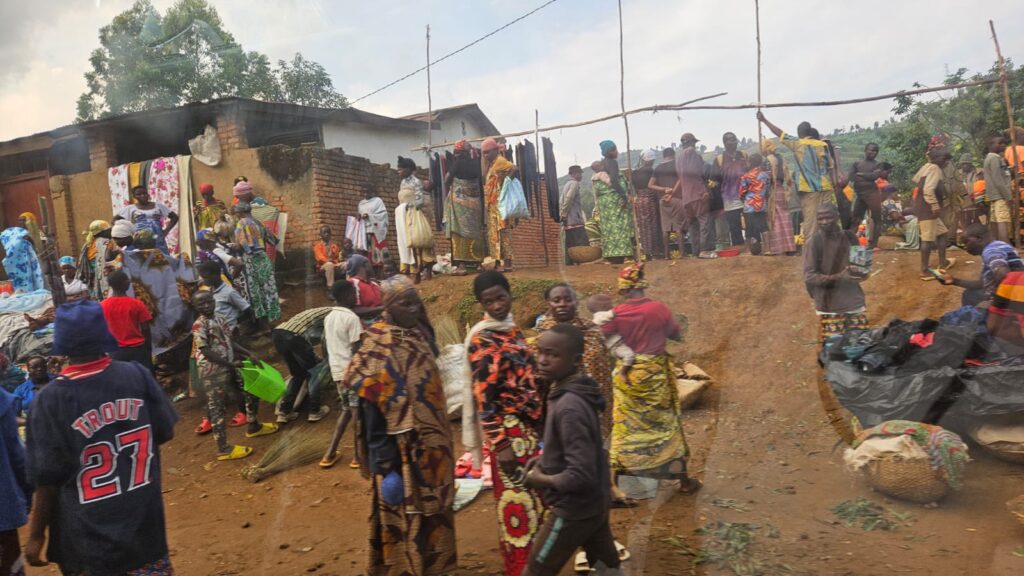
Though it has faced political and economic challenges, the country remains a place of deep cultural identity, natural beauty, and resilience.
We opted to visit Bujumbura and Gitega.
Bujumbura, the lakeside city on the shores of Lake Tanganyika, combines colonial charm with vibrant nightlife, bustling markets, and access to stunning natural spots like Rusizi National Park.
Meanwhile, Gitega, the political capital and cultural heart of Burundi, gives visitors a deeper look into the country’s history through the National Museum and traditional royal sites.
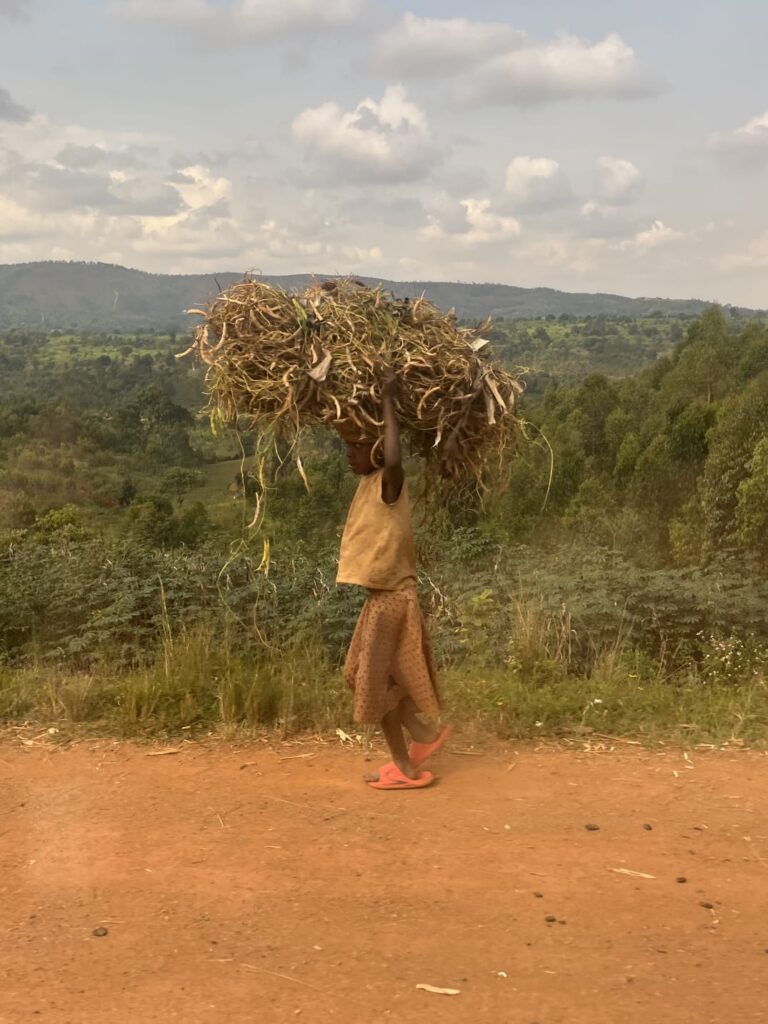
Both cities are gateways to the country’s highlands and forest reserves, offering a mix of urban energy and natural tranquility that’s hard to find elsewhere in the region.
Arrival and Visa
We arrived in Bujumbura at midday and, as we didn’t have a visa in advance, we had to apply for one.
The process was a tad chaotic and long, with the few tourists that filled the RwandaAir plane queuing patiently.
As an ‘anecdote’ (let’s call it like this…) a customs official, in the very same customs declaration desk… politely asked us for a bribe! 😡
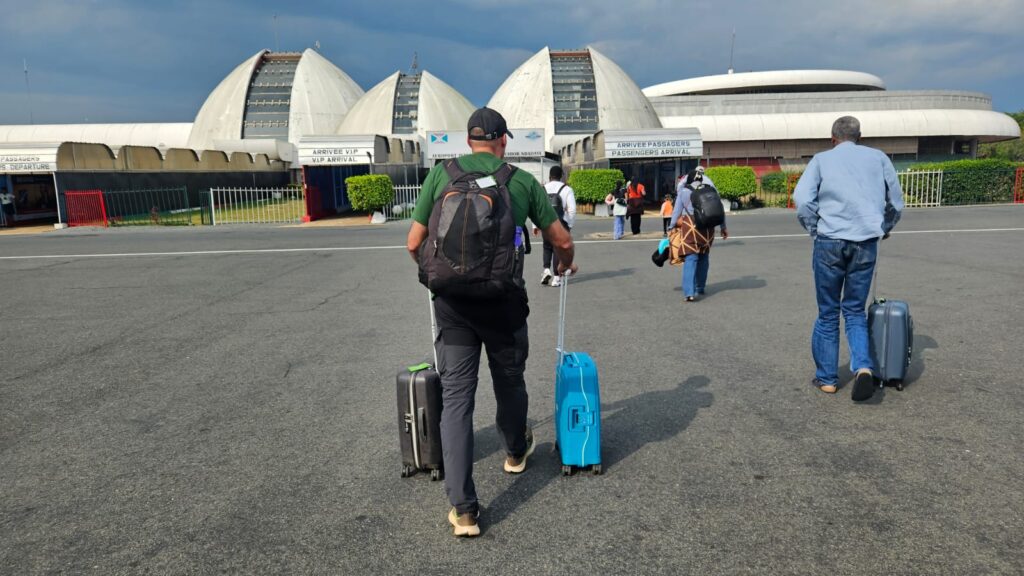
He told us that “he needed money to buy things” 😣
We did not pay him, though, and we still could pass, at least…
Mountain ranges
The sky was cloudy but the temperature was high. Palm trees lined in the road and I could see great extensions of green fields being worked both by men and women.
In the background, a nice image of mountain ranges and peaks.
We saw the Mugamba Highlands, located to the southeast and east of Bujumbura. The region includes high plateaus and rolling hills and the mountains’ elevations often reach 2,000 meters (6,560 feet) and above.
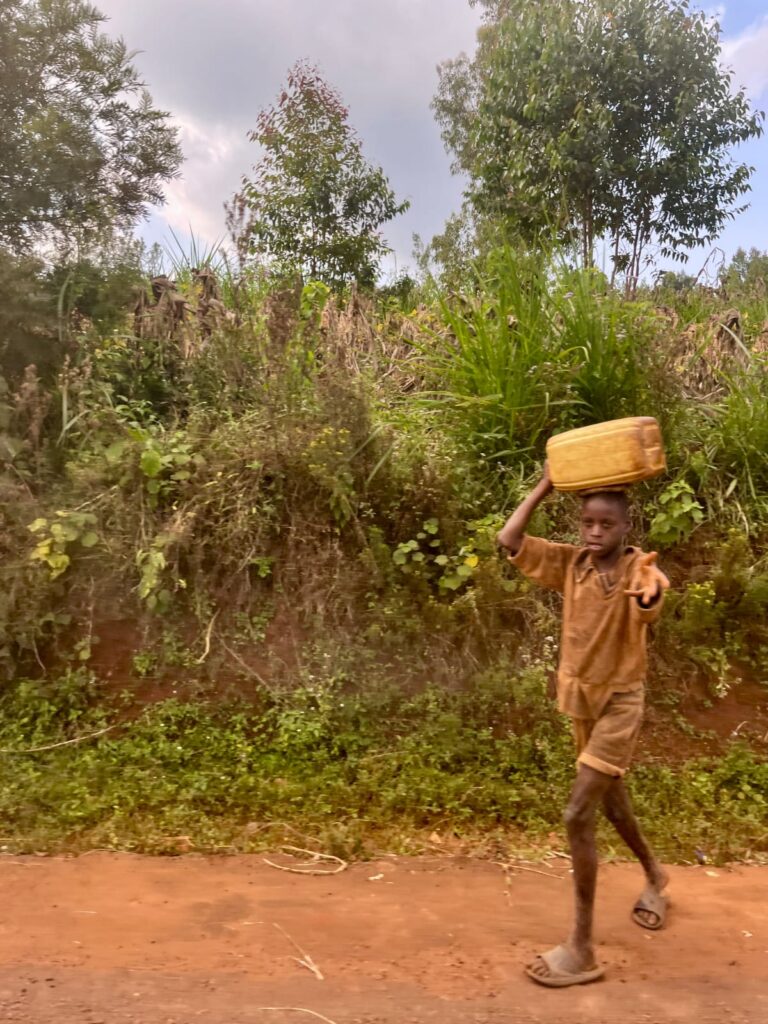
Mount Heha (Mont Heha), the tallest mountain in Burundi, at 2,685 meters (8,809 feet). It is located about 30 km southeast of Bujumbura and it dominates the skyline to the east.
And the Kibira National Park Region, forested mountains to the northeast of Bujumbura.
They form part of the Congo-Nile Divide and when we arrived, they were shrouded in mist, with elevations over 2,000 meters.
The park connects to Nyungwe Forest in Rwanda, exactly where we were coming from!
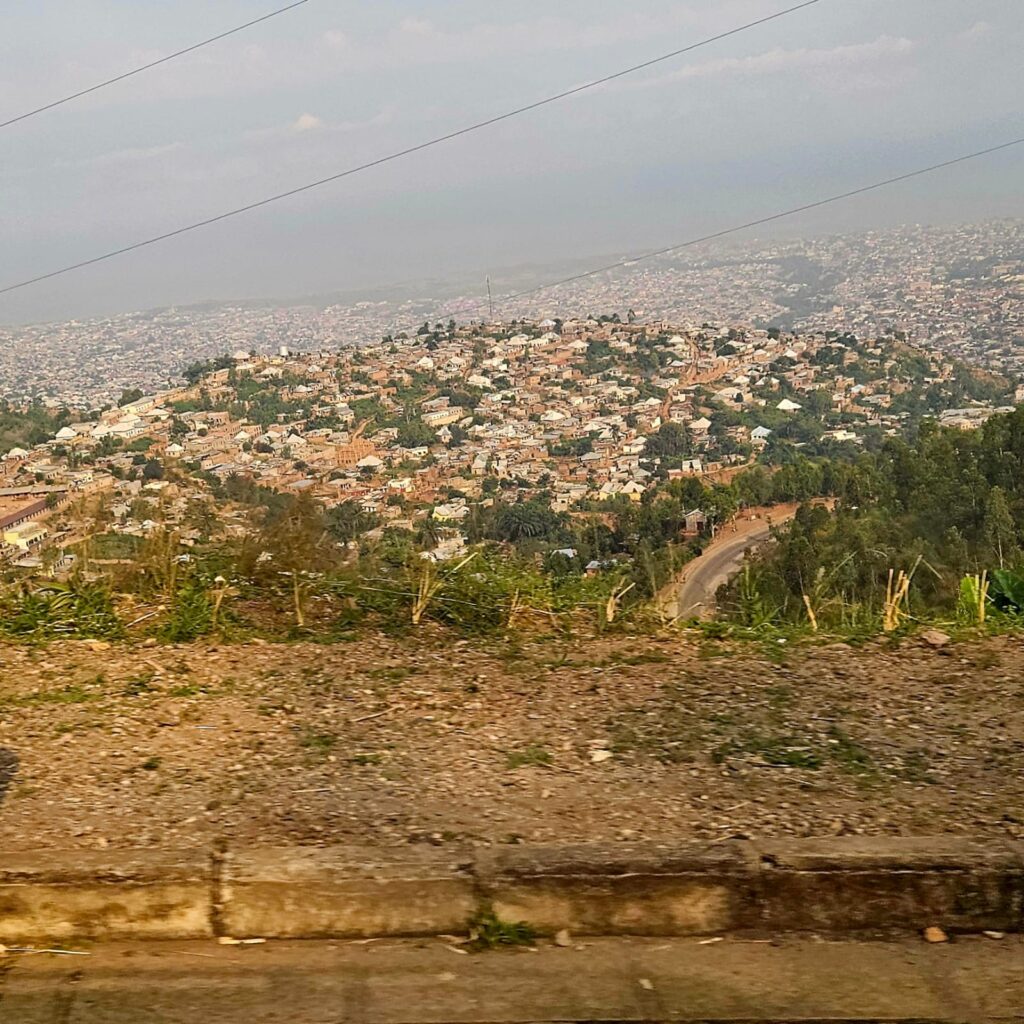
My first runner in East Africa!
As a curiosity, I saw my first runner in an East Africa location ever! A guy with ear plugs was running along. The day after, we ran alongside another runner and saw a third in the streets, so it looks like Buyumbura has something resembling a running culture! Go Buyumbura!
Lake Tanganika
One of the main reasons to visit Buyumbura was to see Lake Tanganika. After seeing Lake Victoria on our Ugandan trip, I really wanted to see it.
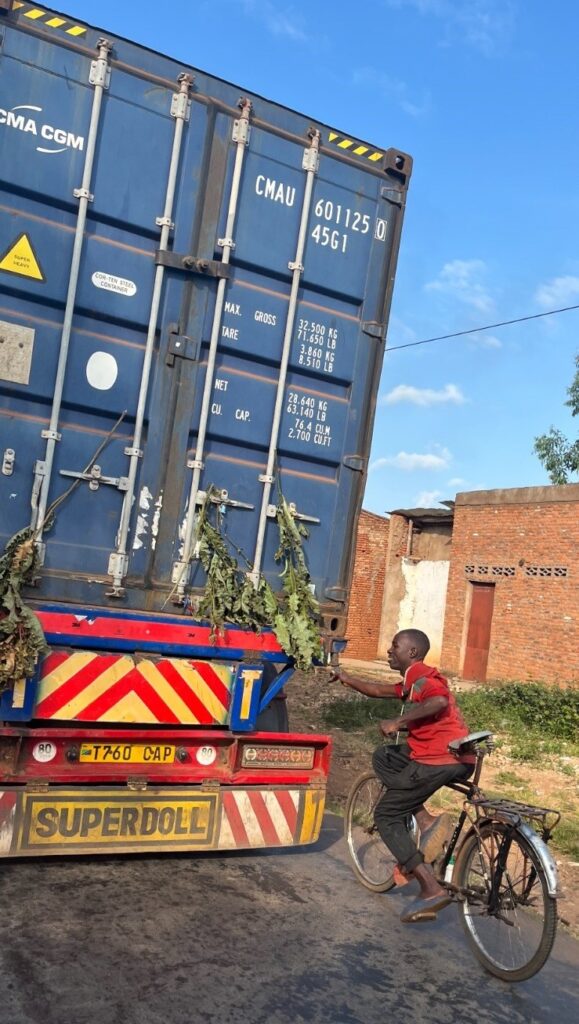
Lake Tanganyika—Africa’s deepest and second-largest freshwater lake—holds not only geographical superlatives but a rich tapestry of history, culture, and commerce, particularly tied to the city of Bujumbura, the former capital of Burundi.
Situated on the northeastern shore of the lake, Bujumbura began as a small village and transformed into a colonial outpost under German rule in the late 19th century. The lake served as a critical artery for trade, military movement, and exploration. During World War I, it even witnessed naval skirmishes between British and German forces, making it one of the few inland bodies of water to play a role in global conflict.
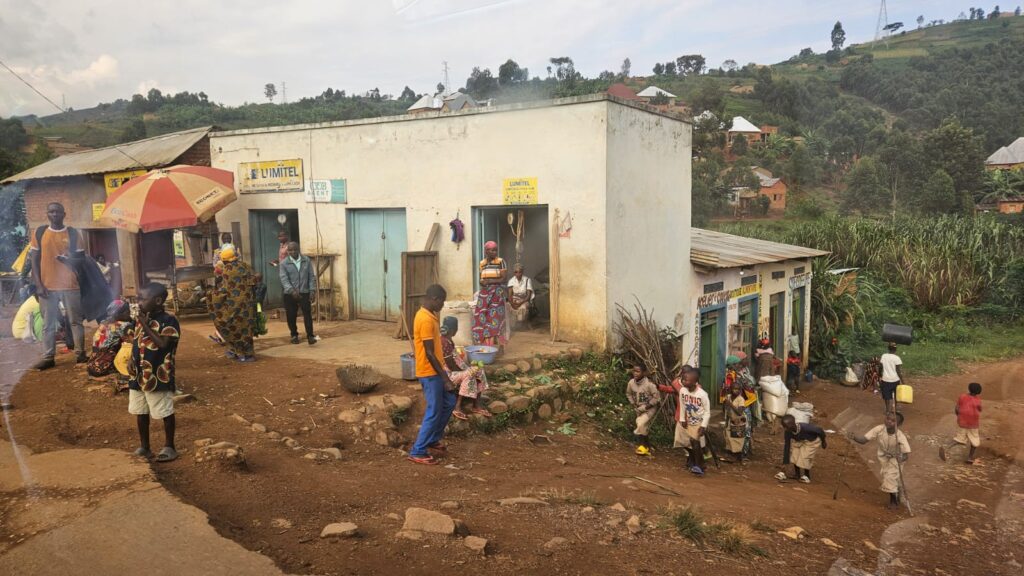
For centuries before European colonization, the waters of Lake Tanganyika connected local kingdoms and ethnic communities through fishing, trade, and shared cultural practices. The lake is home to hundreds of endemic species and remains a vital resource for millions in Burundi, Tanzania, Zambia, and the Democratic Republic of Congo.
In Bujumbura, the lakefront shaped urban life and identity. The port of Bujumbura emerged as a strategic hub for regional shipping. Even today, the city’s economy, tourism, and recreation are closely linked to Lake Tanganyika’s shores—where fishermen launch their boats at dawn and locals gather for leisure as the sun sets over distant mountains.
Lake Tanganyika is not just a natural wonder—it’s the lifeblood of Bujumbura’s history, resilience, and culture.
The source of the Nile!
The primary source of the Nile River is generally considered to be the Kagera River, which is the most distant headstream in the Nile’s vast drainage basin.

The Nile River has two major tributaries:
- The White Nile – the longer and more significant tributary in terms of length.
- The Blue Nile – contributes most of the water and fertile silt.
The White Nile
The White Nile originates from Lake Victoria, located at the border of Uganda, Tanzania, and Kenya.
However, Lake Victoria itself is fed by several rivers, the most distant of which is the Kagera River.
The Kagera River begins in the highlands of Burundi and Rwanda, making the Burundi Highlands (near Mount Kikizi) the farthest source of the Nile….
And this is where we happened to find on our way to Karera falls!
I couldn’t be happier! This was the stuff of legend!
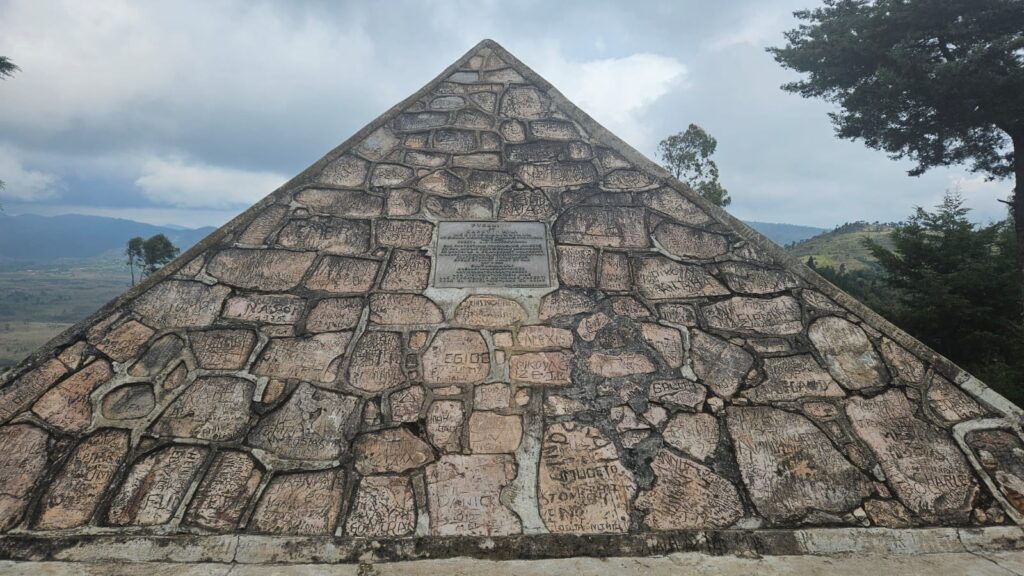
It was not in our program but we asked our guide to do a detour and luckily he agreed.
So on a rainy morning of early June we saw the small spring marked with a stone pyramid commemorating the discovery.
The quest to discover the true source of the Nile!
The quest to discover the true source of the Nile River captivated European explorers for centuries.
While ancient civilizations in Egypt and Greece knew of the Nile’s importance, its mysterious origins deep in the heart of Africa remained unknown.
During the 19th century, as European powers expanded their colonial interests in Africa, the search for the Nile’s source became a symbolic and scientific mission. Among the most famous figures in this effort were British explorers Richard Francis Burton and John Hanning Speke. In 1858, they reached Lake Victoria, with Speke claiming it as the Nile’s source, though Burton remained skeptical.
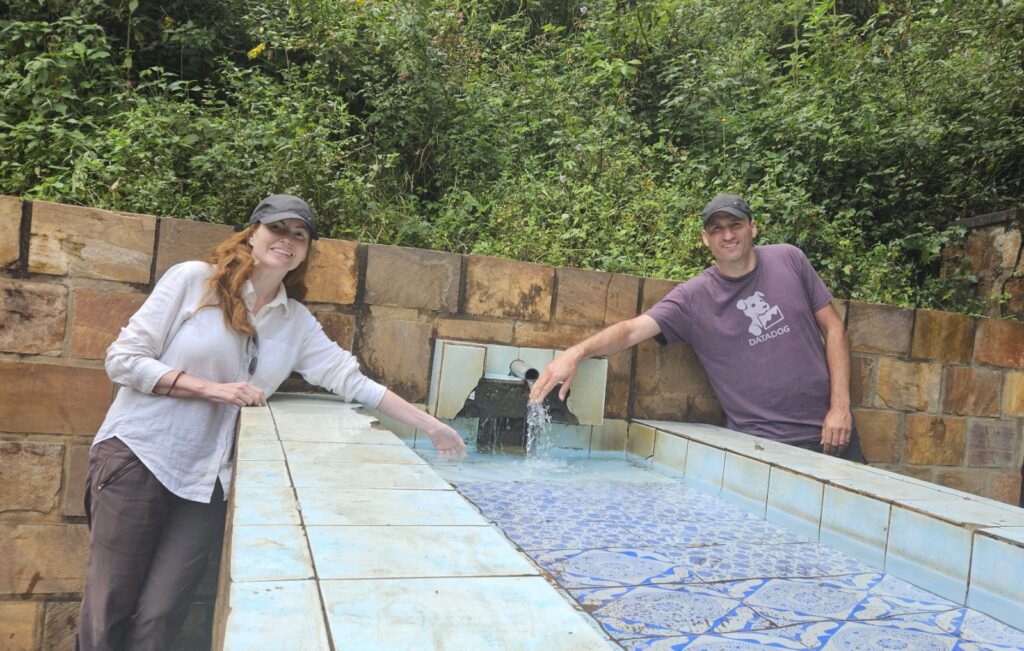
This sparked controversy, but Speke’s later expedition in 1862 confirmed that the White Nile did indeed flow out of Lake Victoria at Ripon Falls.
However, this wasn’t the end of the story. While Speke had identified Lake Victoria as the Nile’s outlet, the question of what fed the lake remained.
It wasn’t until later explorations that attention turned to the rivers flowing into Lake Victoria. The most important of these was the Kagera River, which winds its way through Rwanda and Burundi. In the early 20th century, explorers traced the Kagera to a modest spring near Mount Kikizi in Burundi.
To reach this spring, located in a remote area near the town of Rutovu, which is now recognized as the most distant source of the Nile, we had to spend hours on the road.
It was tiring but worthwhile. I was at the legendary source of the Nile!
Because, while Speke’s identification of Lake Victoria was a breakthrough, the ultimate headwaters of the Nile lie even farther south, tucked away in the lush highlands of Burundi.
Karera falls
A few hours later we reached Karera falls.
Karera Falls, located in southeastern Burundi near the town of Rutana, is one of the country’s most beautiful and iconic natural landmarks.
This series of cascading waterfalls is set within a lush, green landscape, surrounded by hills and tropical vegetation and, when we visited, it was completely empty.
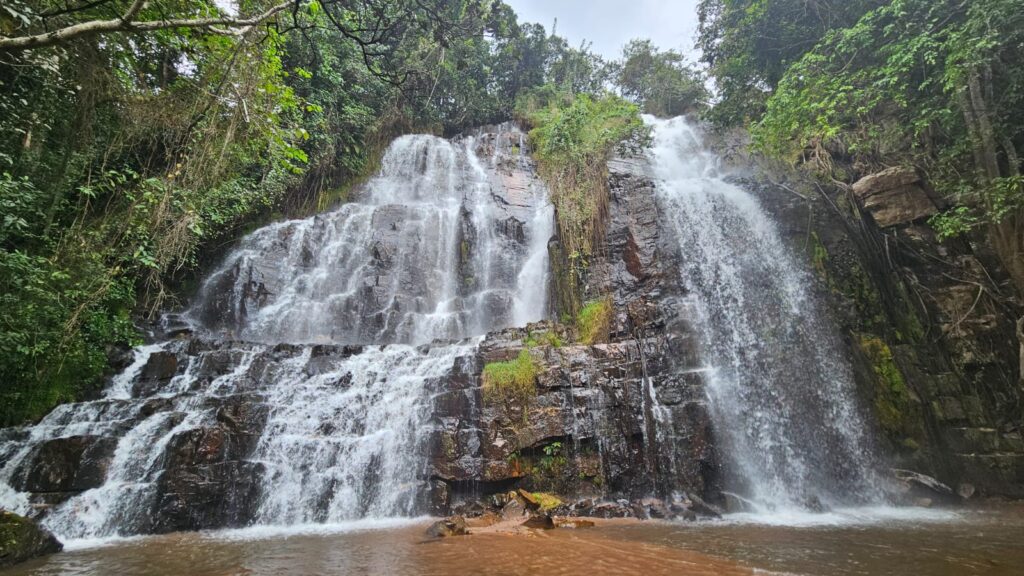
No tourists. Not even souvenir stalls or kids trying to sell you hand-made items! This, again, made our visit very special.
The falls are part of the Karera River, which winds through the region before joining larger water systems. Comprising multiple tiers of waterfalls that flow over reddish rock formations, Karera Falls creates a stunning visual spectacle which we loved!
We also learnt that beyond its natural beauty, Karera Falls holds cultural and historical significance for the people of Burundi.
Local legends speak of the falls as a sacred place, and the surrounding region has long been associated with spiritual practices and traditional ceremonies.
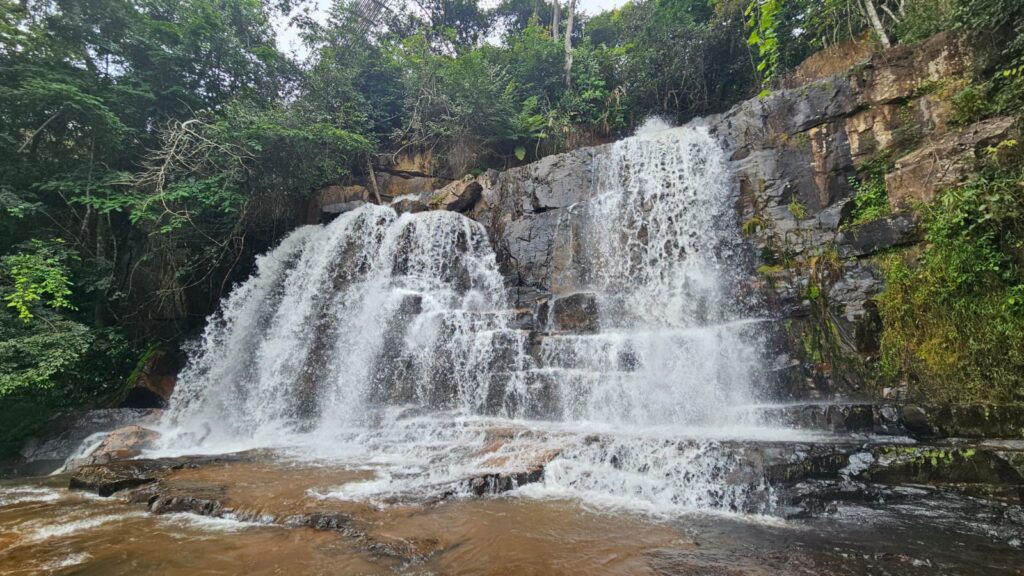
The site has been recognized as a natural heritage area by the Burundian government, with efforts underway to preserve its ecological integrity and promote sustainable tourism. This was highlighted by the (quite worn down, by the way) sign that marked the site!
Boat cruise in the Rusizi River: where the river waters do not mix with the lake
Before leaving Burundi we had time to do a fantastic boat cruise in the waters of the river Rusizi.
This area is part of the Rusizi National Park, a protected zone known for its population of hippos, crocodiles, and over 200 bird species. Palm trees and papyrus swamps line the riverbanks, offering a tranquil backdrop ideal for photographers and nature enthusiasts.
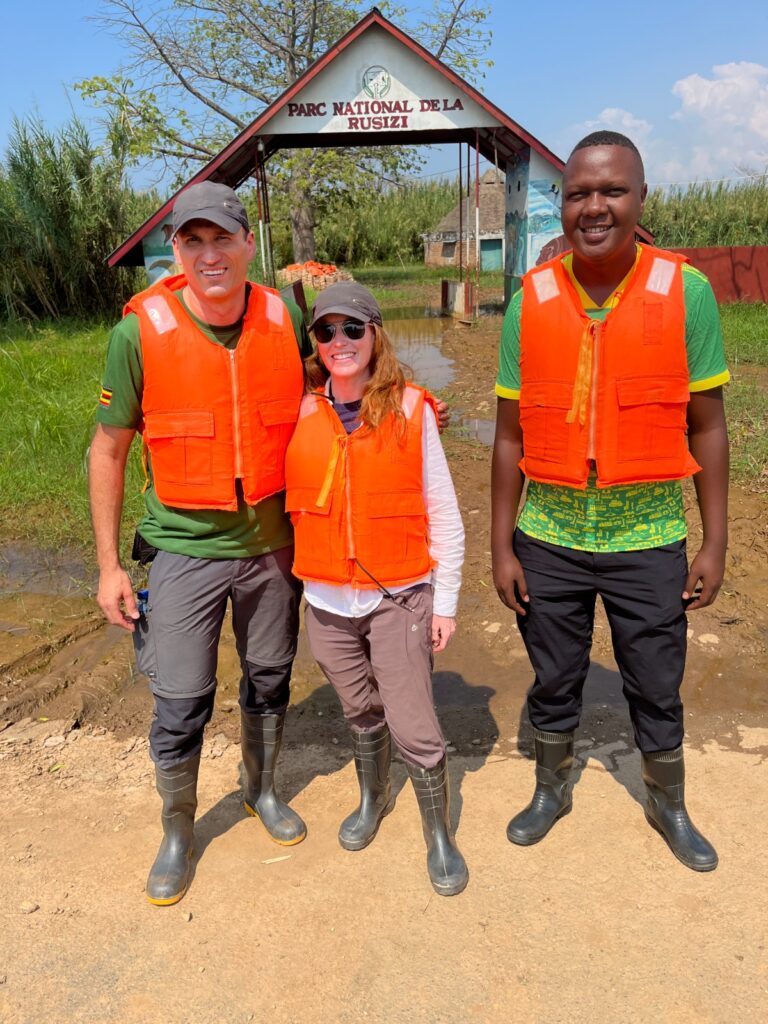
To reach our boat, we had to pass through muddy, flooded terrain. So the rangers gave us rubber boats!
That was a nice touch. I wish we had been given a pair in Rwanda’s Volcanoes National Park!
The boat trip was a serene yet captivating experience, especially where the river’s fresh waters flow into the vast expanse of Lake Tanganyika. My Gosh, the contrast of colours! I loved it!
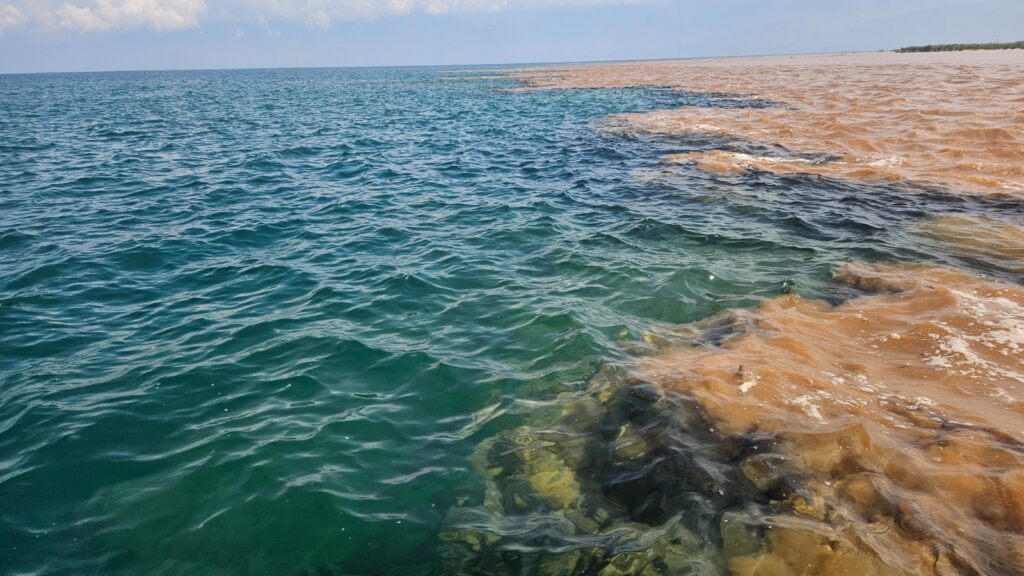
And the sight of the distant hills of the Democratic Republic of the Congo across the lake added a cultural and geographical dimension to our short adventure.
🏃♀️ The Run 🏃♂️
Firstly, we asked both the internet and the guy at reception of our hotel, the “Safari Gate”, whether it was safe to run in Buymbura, since I had read some worrying things about the city, like:
“The political climate in Burundi has been tense, with occasional unrest and demonstrations. Certain areas, such as the former Central Market on Chaussee Prince Louis Rwagasore, have been identified as high-risk zones due to incidents of violent crime”
Chatgpt gave us a few pieces of advice which we were sure to follow:
“While the hotel is situated in a relatively safe area, it’s advisable to exercise caution when running outside the premises. Factors such as traffic conditions, uneven sidewalks, and varying lighting can affect safety. It’s recommended to run during daylight hours and possibly consult the hotel staff for advice on safe routes”
Luckily the guy in reception was very assertive: “oh yes, very safe, no problem”. Right before asking us about the match that Spain and France were going to play that night. And which, by the way, Spain won by 5-4!
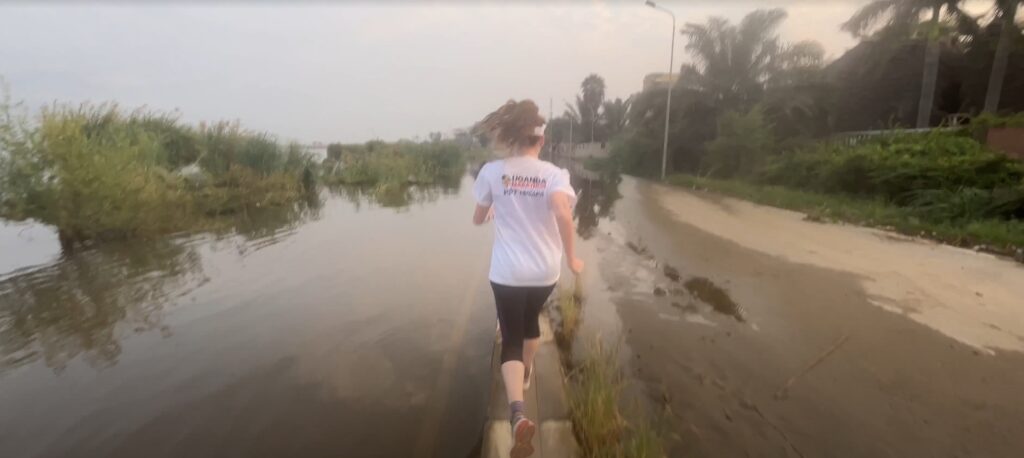
We woke up with the sun. We love running right after sunrise. There is something magic in the atmosphere and it is also the safest time of the day to run! The bad guys are probably already sleeping 🙂
Run logistics
We ran 5,2 kms on a route that was flat and easy to lengthen and shorten.
The temperature was perfect; it was not too hot, which was good because there were no water fountains.

Not too high either (772m), so the altitude was not really noticeable.
The traffic was light at that time of the day, and the paths were wide enough to run comfortably.
Lake Tanganyika “Avenue du Plage”
We left the hotel while a nearby mosque was calling for prayer.
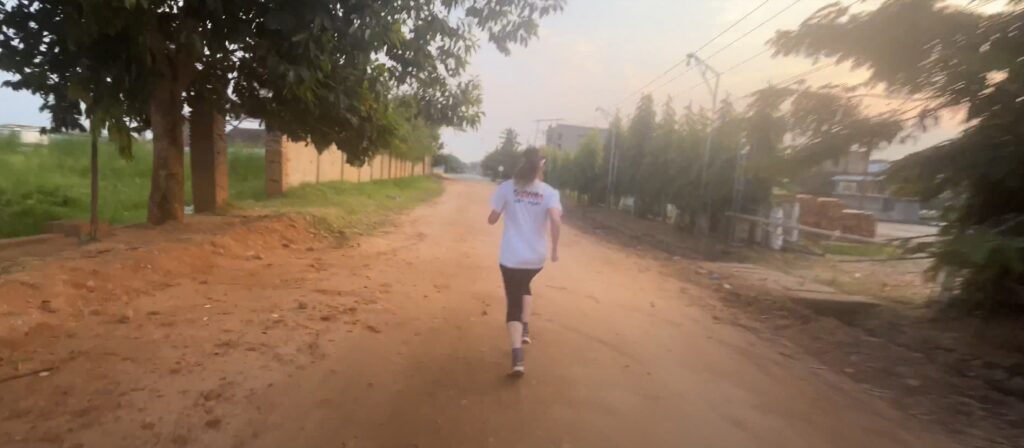
Firstly we crossed a football pitch with way too high grass, where a few local youngsters were sitting down listening to “Afrobeat” music.
This type of music proved to be very very popular in all African countries we visited in 2025.
Quickly we reached “Avenue du Plage”.
It was not what I was expecting after its name. It was a very wide avenue, but it was blocked with tires as it was flooded.
The Avenue is filled with nice hotels and a location marked as the “centre du paix du Buyumbura”. But the rear part of the hotels, including ours, was flooded.
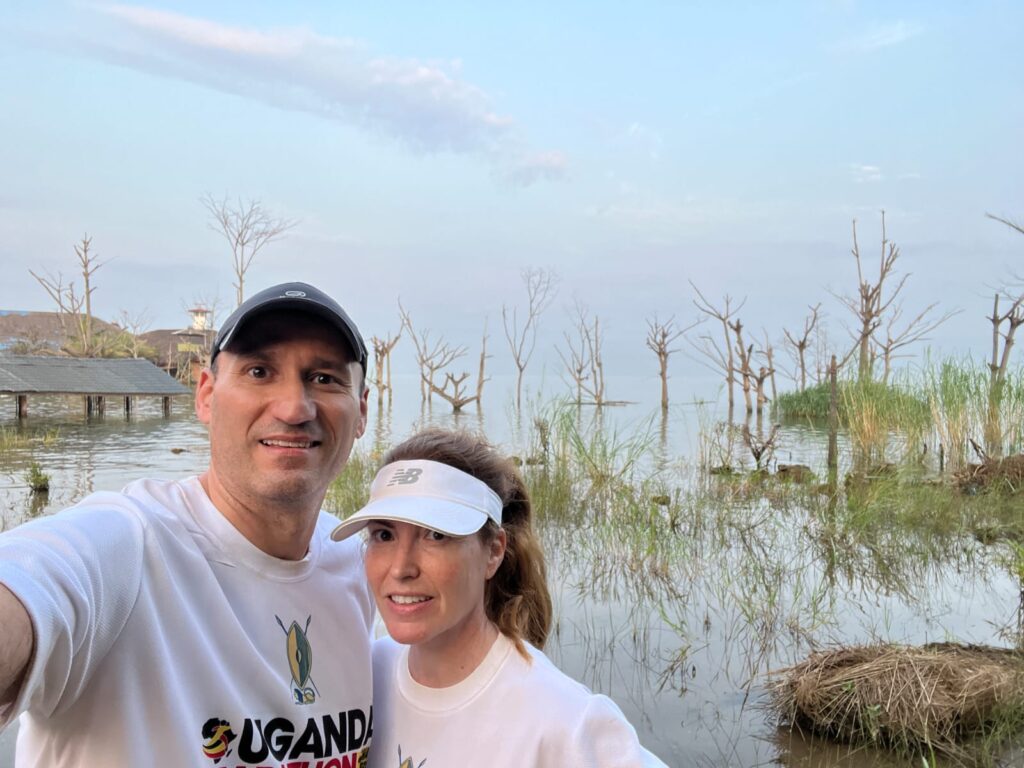
We marched on and took some pictures, with the naked trees half immersed in the pristine waters of the lake.
The area felt safe and it was good for running. In fact, here we ran along a young local guy and we even saw a middle-aged man who was doing some stretching in the street.
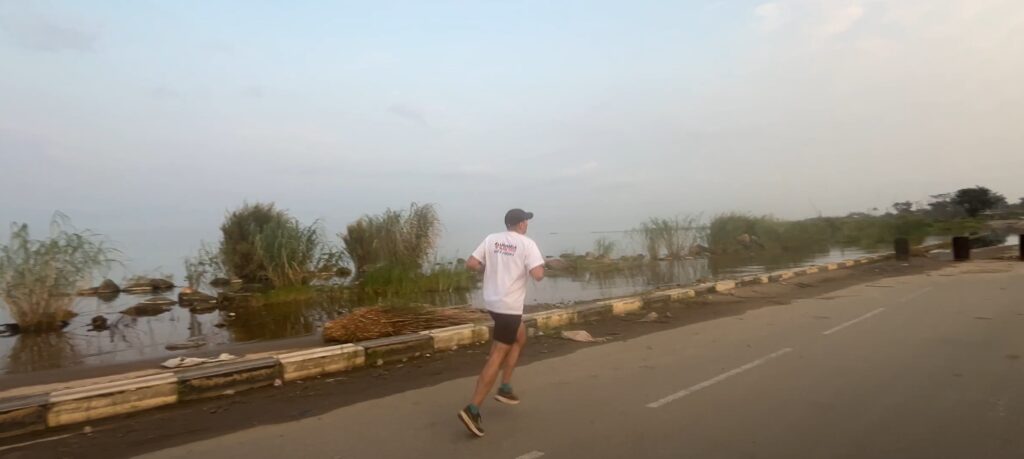
The other locals though, were busy fishing in the marshes.
We ran until it was not possible – and I have to say, it was very cool to run on the median strip of the avenue like it was a bridge of sorts over the water!

Avenue 13th of October
In order to see a little bit more of Bujumbura’s life, we lengthen our run to be a little over 5 kms by running in the main avenue, “Avenue 13th of October”.
At this time of the day it was still not very congested and the pollution did not annoy us.
We ran past locals who looked at us funny but also some locals dressed in fitness gear (maybe heading to our hotel where there was a big gym!)
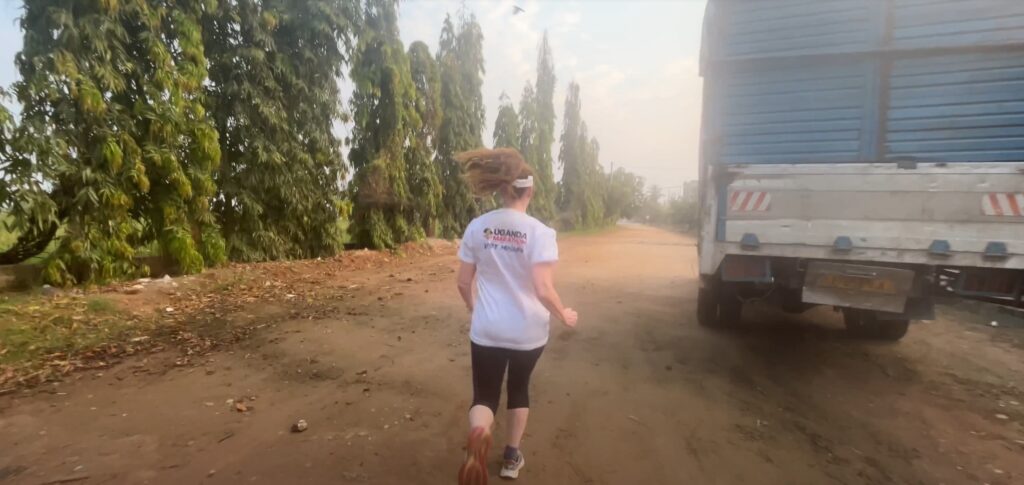
We overtook a guy who was dragging three goats, one of which was resisting being dragged and was limping.
With this final stretch, which we ran at a faster pace, slightly over 5 mins/km, we arrived back at our hotel, super happy to have run on the shores of such an epic lake.
🍜 Carboloading 🍝: What to eat in Burundi if you are a runner
What to Eat in Burundi Before a Long Run
Before a marathon in Burundi, it’s essential to consume carbohydrate-rich foods that provide sustained energy for endurance. Burundian cuisine is rich in natural, wholesome options that are ideal for fueling your body.
A great pre-run meal could include ugali (a stiff porridge made from cassava or maize flour). Ugali is a staple in Burundi and an excellent source of complex carbohydrates, providing a steady release of energy throughout your run. Pair it with a light vegetable stew or some boiled greens for added vitamins and minerals without feeling too heavy. Another popular and effective choice is sweet potatoes, which are widely available in Burundi. Sweet potatoes are packed with complex carbs, fiber, and potassium to help maintain hydration and prevent muscle cramps.
For a lighter option, consider plantains, which are high in carbohydrates and easy to digest. Boiled or steamed plantains are ideal before a long run, as they provide quick energy without upsetting your stomach.

Complement this with a small serving of groundnuts (peanuts) or avocado for healthy fats, which slow digestion slightly and help sustain energy over longer distances. Make sure to hydrate well with water or coconut water, which replenishes electrolytes and prepares your body for the physical exertion ahead.
What to Eat in Burundi After a Long Run
After a long run, your body needs a combination of carbohydrates to restore energy levels and protein to repair muscles. Burundian cuisine offers plenty of dishes that are perfect for recovery.
Start with a meal featuring isombe, a traditional dish made from cassava leaves cooked with groundnuts or palm oil. Isombe is rich in protein, healthy fats, and micronutrients, making it ideal for muscle recovery. Pair it with rice or boiled maize for carbohydrates to replenish glycogen stores. Another excellent option is beans with steamed bananas. Beans are a fantastic source of plant-based protein, and when combined with bananas or sweet potatoes, they create a filling and nutrient-dense recovery meal.
If you prefer animal-based protein, try brochettes (grilled meat skewers) made from goat or fish, served with irish potatoes or sorghum porridge. Brochettes are high in protein and provide the essential amino acids needed to rebuild muscles. Add a side of avocado for healthy fats, which help reduce inflammation and promote recovery.
Finally, don’t forget to rehydrate thoroughly. Fresh fruit juices, like passion fruit or pineapple juice, are great for restoring electrolytes and providing natural sugars for a quick energy boost. By combining these traditional Burundian foods with proper hydration, you’ll ensure your body recovers effectively and is ready for your next run.
An anecdote about… beer 🍺
I don’t drink beer, that is why I don’t pay much attention to it.
However, just arrived in Bujumbura, our driver pointed out a “beer fabrication site”, that is, the distillery. Of Braduri beer, the most famous in Burundi.
And, next to it, there were countless ads of… Primus beer!
Primus happens to be a beer made in the DRC, which we visited the year before.
In several meals, we also had “banana frittes” which seem to be a hit in the restaurants for tourists.
Spanish Omelette in Gitega
And, oh my Gosh what a surprise… the last day, in our hotel in Gitenga, we asked for a Spanish omelette for breakfast (I have written about how the Spanish omelettes in the Great Lakes region differ from our understanding of them in my Uganda and Rwanda posts).
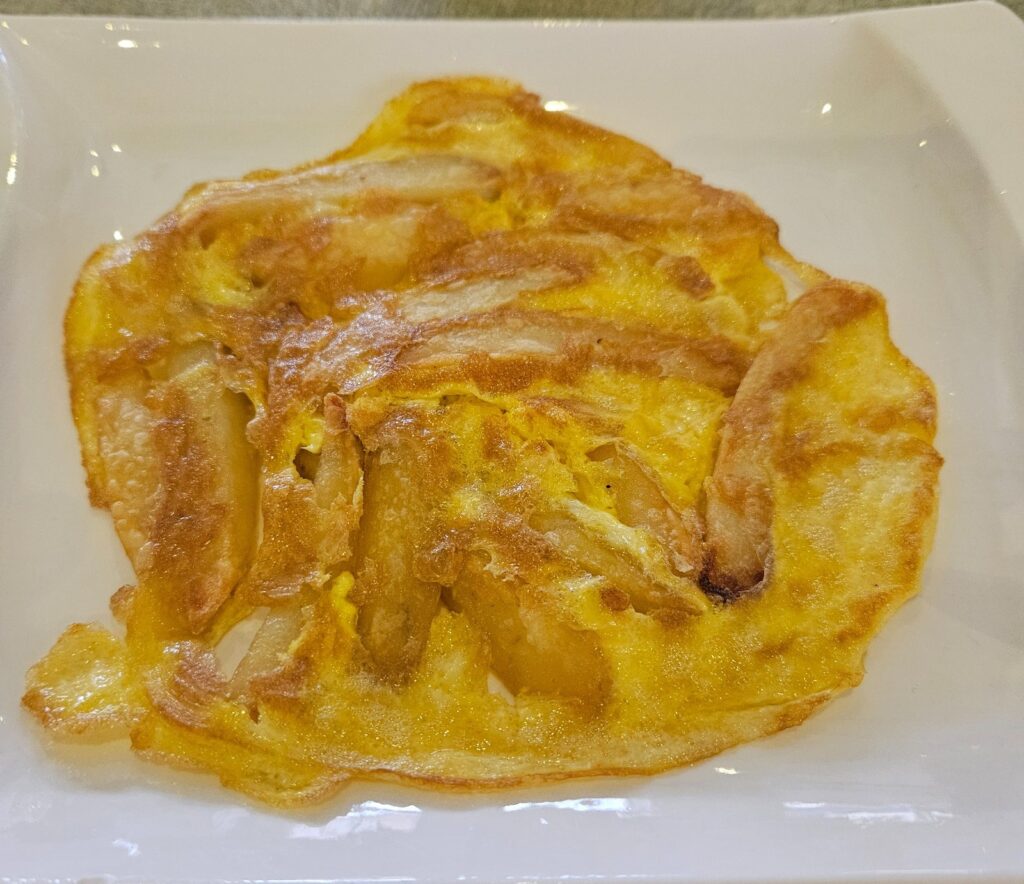
And this time … I got a real Spanish Omelette! How weird was that?
Breakfasts
For breakfast we could have “pain au chocolate” and “croissants”. It seems to be a rule that, if the country used to be a French (or Belgian, in this case) colony, you can eat very good “Pâtisserie française” delicacies!

Map


Useful information
🏃 Run along the shores of Lake Tanganika in Bujumbura, Burundi.
👟 Urban: bring shoes for asphalt.
✅ Safe: the area is a favourite for local runners.
✅ You can shorten it and lengthen it, and combine with a more urban stretch, so you also get to see the vibrant life of Bujumbura streets.
⚠️ Run early: after 9am the traffic gets very dense and the pollution will annoy you. Plus the temperature will be higher and there are no water fountains.
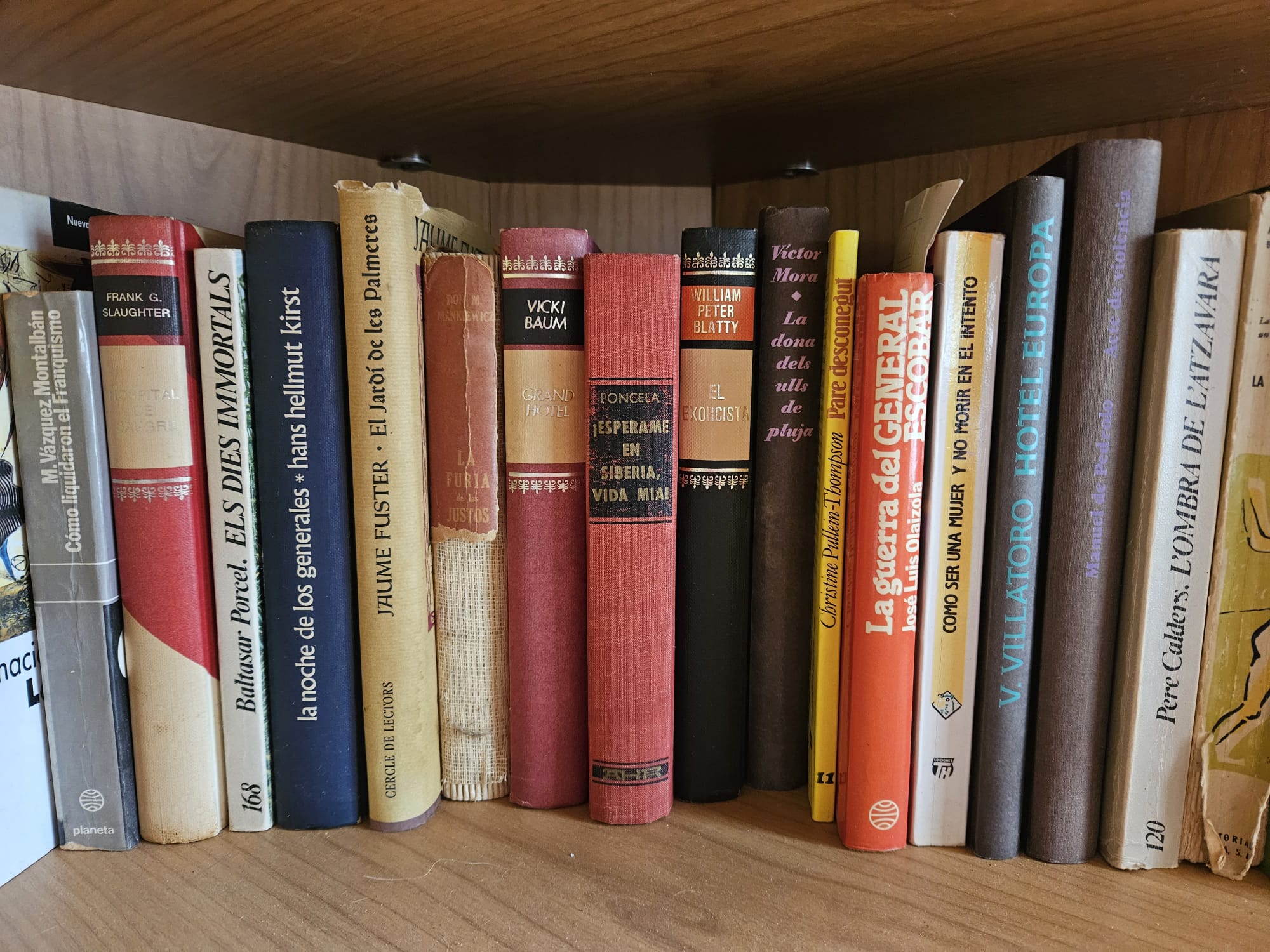
One book
Small Country, a Novel: Gaël Faye
Small Country by Gaël Faye is a profoundly moving novel that combines poetic prose with a heartbreaking story of innocence lost.
The novel offers a rare and intimate perspective on the Rwandan Genocide of 1994, as seen through the eyes of a young boy, Gabriel. Set in Burundi, the story explores how the political turmoil and violence of neighboring Rwanda spill over and disrupt Gabriel’s idyllic childhood. This perspective allows readers to experience the profound impact of such atrocities on everyday lives and the innocence of youth.
At its heart, Small Country is a deeply personal coming-of-age tale. Gabriel’s world of playful adventures, sibling rivalry, and friendships slowly crumbles under the weight of family struggles and national unrest. Faye masterfully captures the universal experience of growing up and the bittersweet loss of innocence, making the story relatable even as it unfolds against the backdrop of unimaginable events.
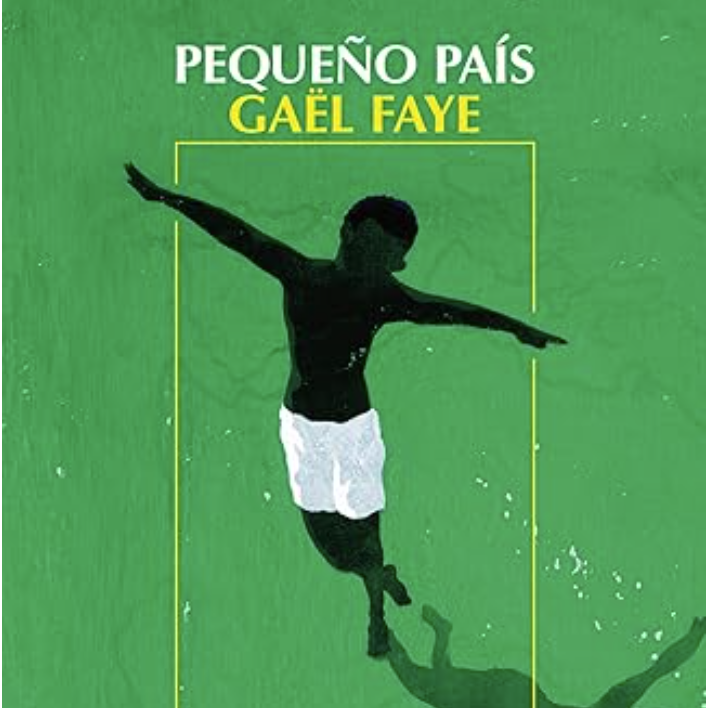
Plot Summary:
Burundi, 1992. For ten-year-old Gabriel, life in his comfortable expatriate neighborhood of Bujumbura with his French father, Rwandan mother and little sister Ana, is something close to paradise.
These are carefree days of laughter and adventure – sneaking Supermatch cigarettes and gorging on stolen mangoes – as he and his mischievous gang of friends transform their tiny cul-de-sac into their kingdom.
But dark clouds are gathering over this small country, and soon their peaceful existence will shatter when Burundi, and neighboring Rwanda, are brutally hit by civil war and genocide.
A novel of extraordinary power and beauty, Small Country describes an end of innocence as seen through the eyes of a child caught in the maelstrom of history. Shot through with shadows and light, tragedy and humor, it is a stirring tribute not only to a dark chapter in Africa’s past, but also to the bright days that preceded it.
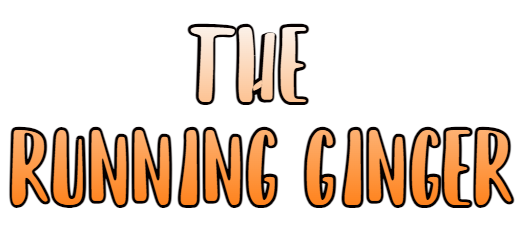

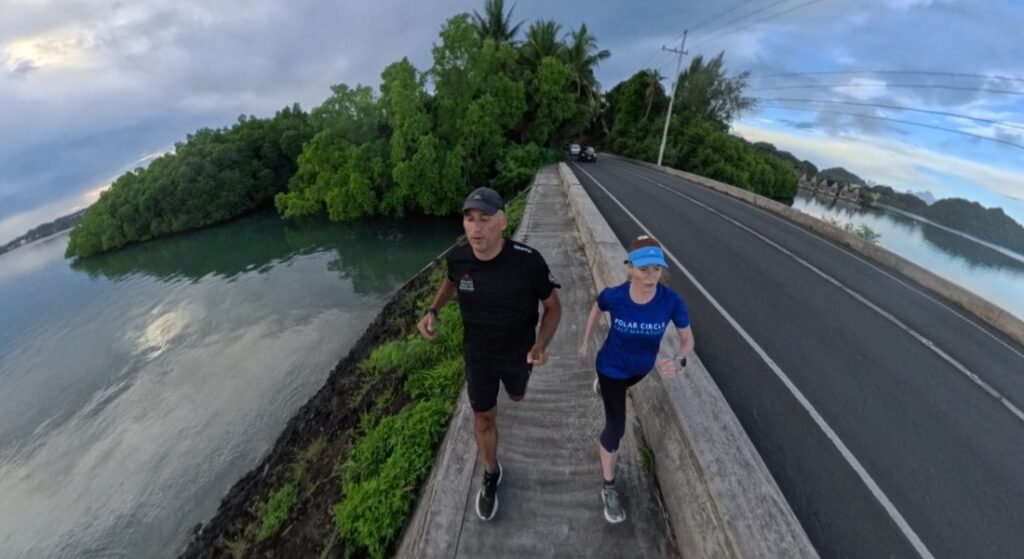

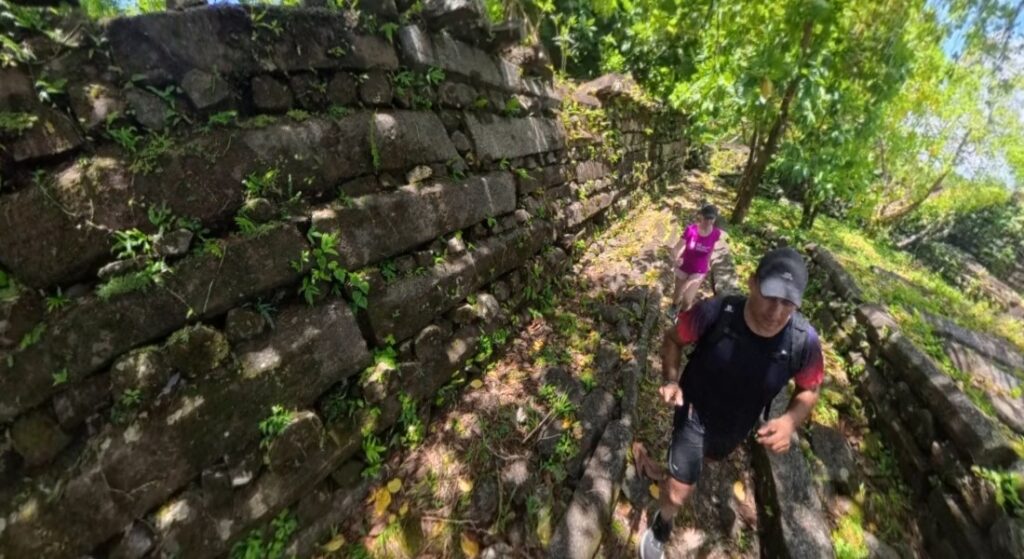
One Comment